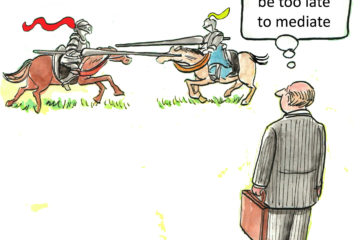A man walks into … his manager’s office. His face is red, hands shaking and eyes nearly popping out of his head. He is mad about something! “This new directive is just nonsense!” He roars.

Now here’s an emotional moment when the APE principle can help.
APE stands for Action, Perception
· Action – he’s received a new directive that he doesn’t like
· Perception – he thinks you (or someone) sent the directive to annoy him
· Emotion – he’s having strong feelings in response to the directive. He could be angry, worried, anxious, furious, frustrated or any number of things.
Your first reaction is to be reasonable and either tell him why the directive is actually needed or avoid his wrath by saying it wasn’t you who wrote the directive or you were told to do it by your boss.
This doesn’t work!
He is not being rational. His emotional brain is full throttle and needs to be slowed down.
To do this, before anything else, you need to acknowledge his emotion in a genuine way. (No place for sarcasm here). Try something like this:
· “Wow Jim, you are really worried about this”
· “This is really affecting you”
· “You have a really strong reaction to this directive”

He may still have plenty to vent and say how bad it is. Let him do that without interrupting him. Just listen and acknowledge. Often nodding is enough once you have acknowledged his emotions. Let him know you have heard him, even if you don’t agree with what he says, acknowledge his feelings. They are real for him.
Only when he has calmed down can you have a conversation about the content of the directive.
For more on how APE works go to http://resources.tuf.co.nz/blog/topic/ape
Thriving Under Fire the book, helps staff everywhere turn difficult situations into business success.

